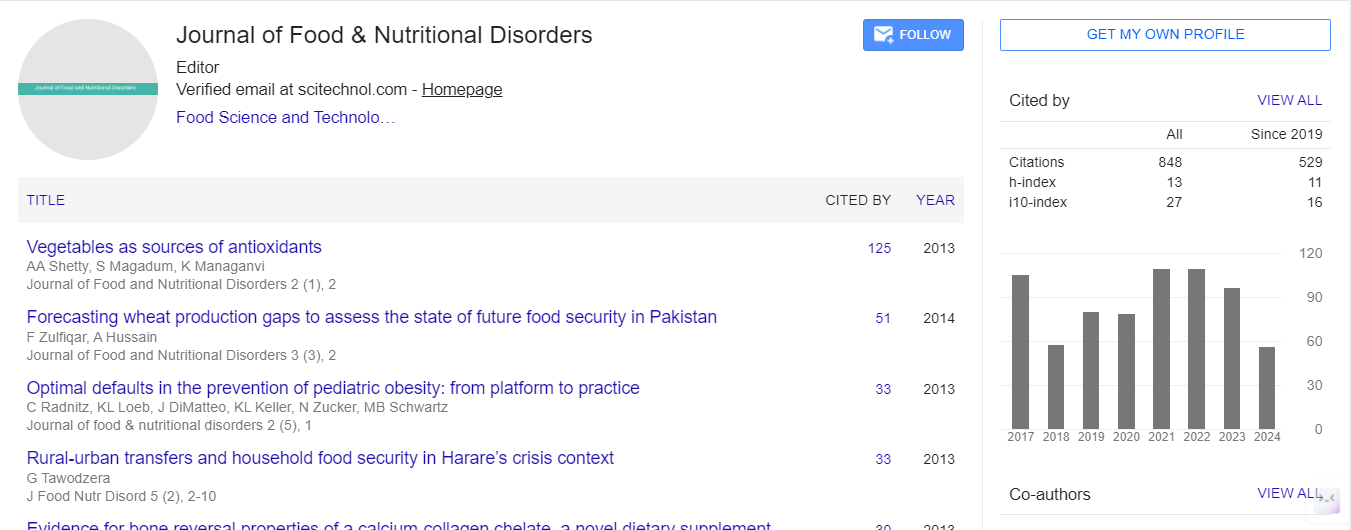Reproducibility of botanical nutraceuticals: Current status and perspective
Shyam S. Chatterjee
Germany
: J Food Nutr Disor
Abstract
Scholars of herbal medicine have since long been well recognized that biological stress response regulating or adaptogenic, effects of plant derived products are involved in their salutogenic effects. Efforts to identify their bioactive constituents and modes of actions have often revealed very low or negligible, oral bioavailability (as judged by their circulating blood levels after oral intake) of structurally and functionally diverse substances biosynthesized and stored by plants for their own survival, growth and defense against herbivores and that their intra-gastric metabolism and modulating effects on digestive system play pivotal roles in dictating their bioactivity and safety profiles. Observations made during efforts to standardize and better understand quantitative systems pharmacology of diverse types of extracts of Ginkgo biloba, Hypericum perforatum, Curcuma longa and many other plants have often revealed that even very low daily oral doses (often <5 mg/kg/day) of some of them are highly effective in protecting environmental as well as metabolic stress triggered and slowly progressing alterations in bodyweight and core temperature, which often persisted even several days after the last oral treatment day. Most of the more potent extracts tested were also effective as gastric ulcer protecting agents with anti-hyperglycemic, anxiolytics and/or antidepressants like other brain function modulating activities only after their slightly higher daily oral doses. These, and numerous other observations made during our efforts to identify their bioactive constituents in occasionally foot shocked rodents using their daily oral doses strongly suggest that such bioassay procedures are more reliable and reproducible one for better understanding of their medicinal phytochemistry and quantitative systems pharmacology, as well as for ascertaining bio-equivalence of their different production batches. Usefulness of the bioassay procedure for identifying biomarkers necessary for judging therapeutic relevance of observations made in preclinical studies will be pointed out in this presentation.
Biography
E-mail: shyam.chatterjee@web.de
 Spanish
Spanish  Chinese
Chinese  Russian
Russian  German
German  French
French  Japanese
Japanese  Portuguese
Portuguese  Hindi
Hindi 
